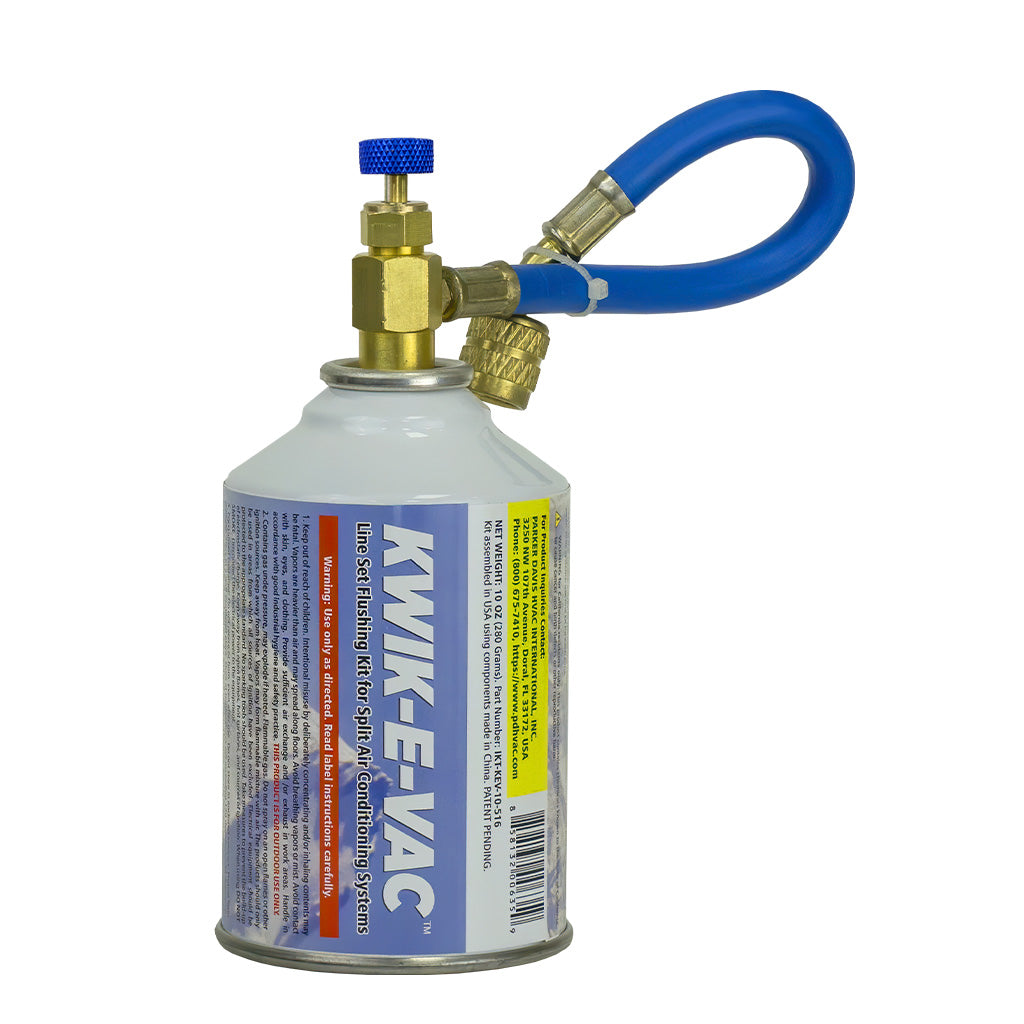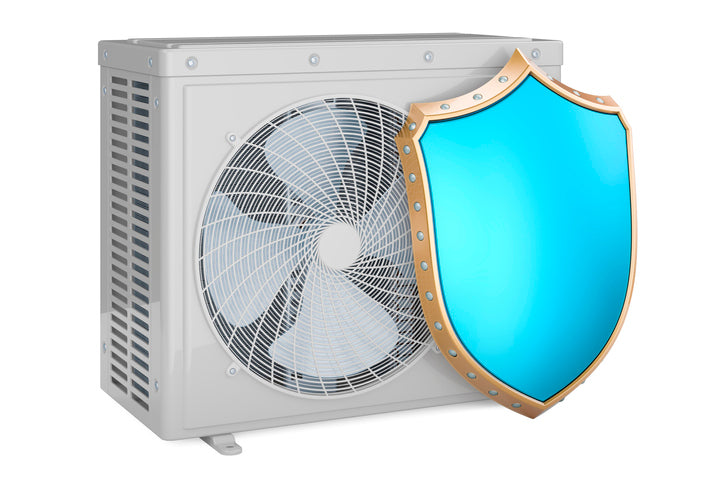Differences Between Single-Zone & Multi-Zone Split Systems

Modern nomads are present-day wanderers who make various destinations their homes. Unlike past nomads, digital-age roamers can now transport their houses with recreational vehicles or trailers. RVs offer all the necessary amenities, such as a bathroom, bedroom, and kitchen.
When it comes time for RV-owners to heat and cool their spaces, a small mini split is popular due to its size, easy installation, and other benefits. You can find this heating and cooling unit as a single-zone or multi-zone mini split system. But many people struggle to decide which arrangement will best suit their homes and needs. So what are the differences between single-zone and multi-zone split systems?
Number of Components
A mini split’s primary function is to control the indoor environment of an individual room. The unit consists of two parts: an outdoor and indoor component. The compressor, or the outer segment, raises the temperature of the gaseous refrigerant and compresses it into high-pressure air, which gets passed inside the house through refrigerant cables. The indoor element, also known as an air handler, brings the air to a person’s desired temperature and ventilates the cold air or heat into a room.
Single-zone systems connect one air handler to a compressor. In contrast, multi-zone systems can attach numerous mini splits to a single outer component. People can link up to eight different air conditioners to a multi-zone compressor.
Usage
People who opt for multi-zone over single-zone systems seek ventilation control in more than one room. Multi-zone systems work well in larger RVs because these systems only require one external unit to connect all their different air handlers, minimizing the use of outdoor space without compromising the number of indoor units. Each room has complete control of its temperature without altering other room temperatures.
Meanwhile, people using single-zone systems can only ventilate one area. A small mini split for an RV works for anyone looking to control the temperature of a specific or single space.
Cost
The cost difference between the two systems fluctuates depending on the number of ACs needed. Single-zone systems run cheaper since they require fewer parts. RV-owners who are slowly incorporating more sections into their vehicles can buy more ACs for a multi-zone system as specific rooms come to fruition. However, the entire cost will be higher in the long run than purchasing a single-zone kit. The installation charges also differ according to the number of units a person wants.
Overall, the main differences between single-zone and multi-zone split systems relate to the number of rooms you want to heat or cool. Otherwise, both methods use mini splits and provide the same quality. Whether you’re riding in an extensive RV or a single trailer, Pioneer Mini Split offers plenty of small mini split systems suitable for your ride.








